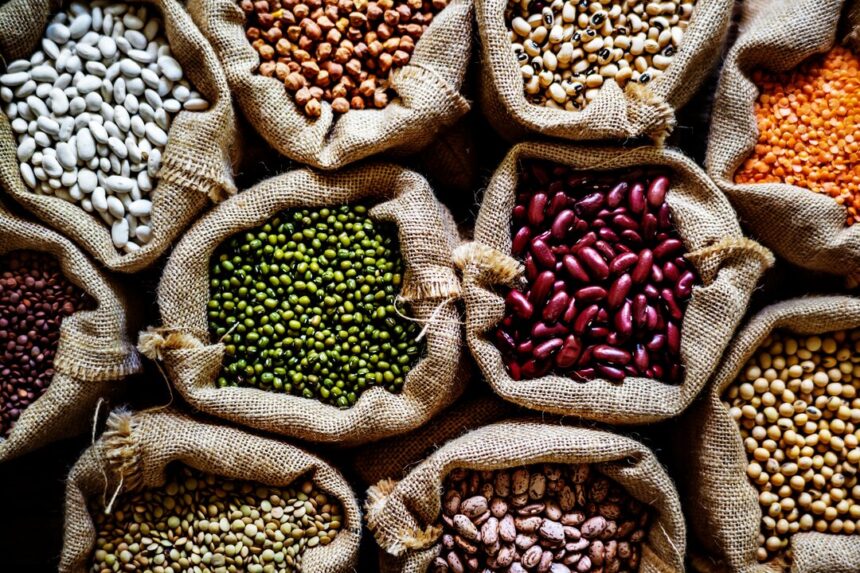Seed saving is an ancient agricultural practice that has sustained human societies for millennia, ensuring the continuity of diverse crops and preserving agricultural biodiversity. In today’s rapidly changing world, where industrial agriculture and commercial seed systems dominate, seed saving holds renewed significance as a means of preserving traditional knowledge, promoting food sovereignty, and fostering resilience in the face of environmental challenges. In this article, we delve into the art of seed saving, its importance, and how individuals can participate in this age-old practice.
Understanding Seed Saving:
At its core, seed saving involves selecting, harvesting, and storing seeds from open-pollinated or heirloom plants for future planting. Unlike hybrid or genetically modified seeds, which may not produce viable offspring, seeds saved from open-pollinated varieties retain the genetic traits of their parent plants, allowing for continuous adaptation and selection over generations.
Importance of Seed Saving:
- Agricultural Biodiversity: Seed saving contributes to the preservation of agricultural biodiversity by conserving diverse crop varieties, landraces, and heirloom seeds adapted to specific climates, soils, and growing conditions. Maintaining genetic diversity in seed stocks enhances resilience to pests, diseases, and environmental stresses, ensuring food security and agricultural sustainability.
- Cultural Heritage: Seed saving preserves cultural heritage and traditional knowledge passed down through generations, connecting individuals to their cultural roots and ancestral farming practices. Many heirloom seeds have cultural significance and historical value, representing the culinary, medicinal, and spiritual traditions of diverse communities around the world.
- Food Sovereignty: Seed saving empowers farmers and gardeners to assert control over their food systems, reducing dependence on external inputs and corporate seed suppliers. By saving and exchanging seeds locally, communities can reclaim sovereignty over their seeds, promote food sovereignty, and build resilient, self-reliant food systems.
- Adaptation and Resilience: Saved seeds adapt to local growing conditions and environmental challenges over time, developing resilience to drought, heat, pests, and diseases. Through selective breeding and on-farm selection, farmers can cultivate crop varieties that thrive in their specific microclimates, improving agricultural productivity and sustainability.
The Art of Seed Saving:
- Selection: Choose healthy, vigorous plants with desirable traits, such as yield, flavor, disease resistance, and adaptation to local conditions, for seed saving. Avoid selecting seeds from hybrid varieties, as they may not produce offspring with consistent characteristics.
- Harvesting: Allow seeds to fully mature on the plant before harvesting. Collect seeds when they are dry, fully developed, and easily separated from the seed head or fruit. Handle seeds with care to prevent damage and contamination during harvesting and processing.
- Processing: Clean and dry seeds thoroughly to remove debris, pulp, and moisture that can promote mold and spoilage. Store seeds in cool, dry conditions away from light and humidity to maintain viability and longevity.
- Labeling and Storage: Label saved seeds with the crop variety, harvest date, and any relevant information to ensure proper identification and organization. Store seeds in airtight containers or seed envelopes in a cool, dark, and dry location to preserve viability for future planting.
- Sharing and Exchanging: Participate in seed swaps, seed libraries, and community seed exchanges to share saved seeds with fellow gardeners and preserve agricultural biodiversity. Engage in seed-saving networks and organizations to access diverse seed varieties and connect with like-minded individuals passionate about seed sovereignty and resilience.
Seed saving is not only an ancient agricultural practice but also a powerful tool for preserving biodiversity, cultural heritage, and food sovereignty in the modern world. By embracing the art of seed saving, individuals can actively participate in the conservation of agricultural diversity, promote resilience in food systems, and safeguard the future of farming for generations to come. As stewards of the earth’s genetic resources, seed savers play a vital role in nurturing resilient, diverse, and sustainable food systems that benefit people, communities, and ecosystems worldwide.
Join 'Farmers Mag' WhatsApp Channel
Get the latest Farming news and tips delivered straight to your WhatsApp
CLICK HERE TO JOIN






